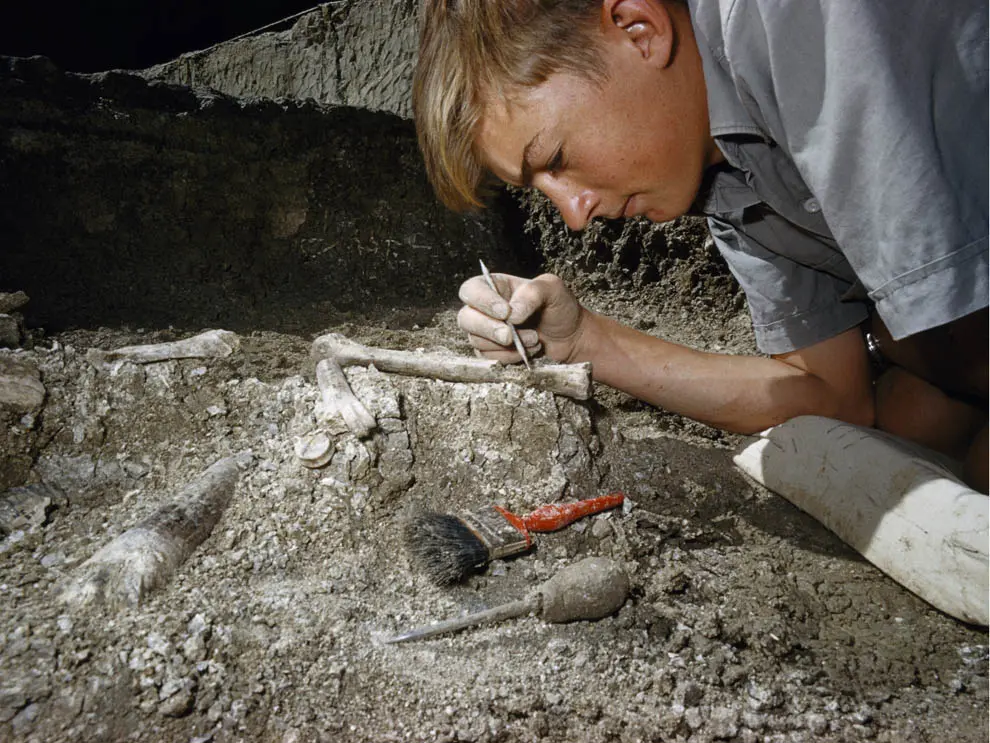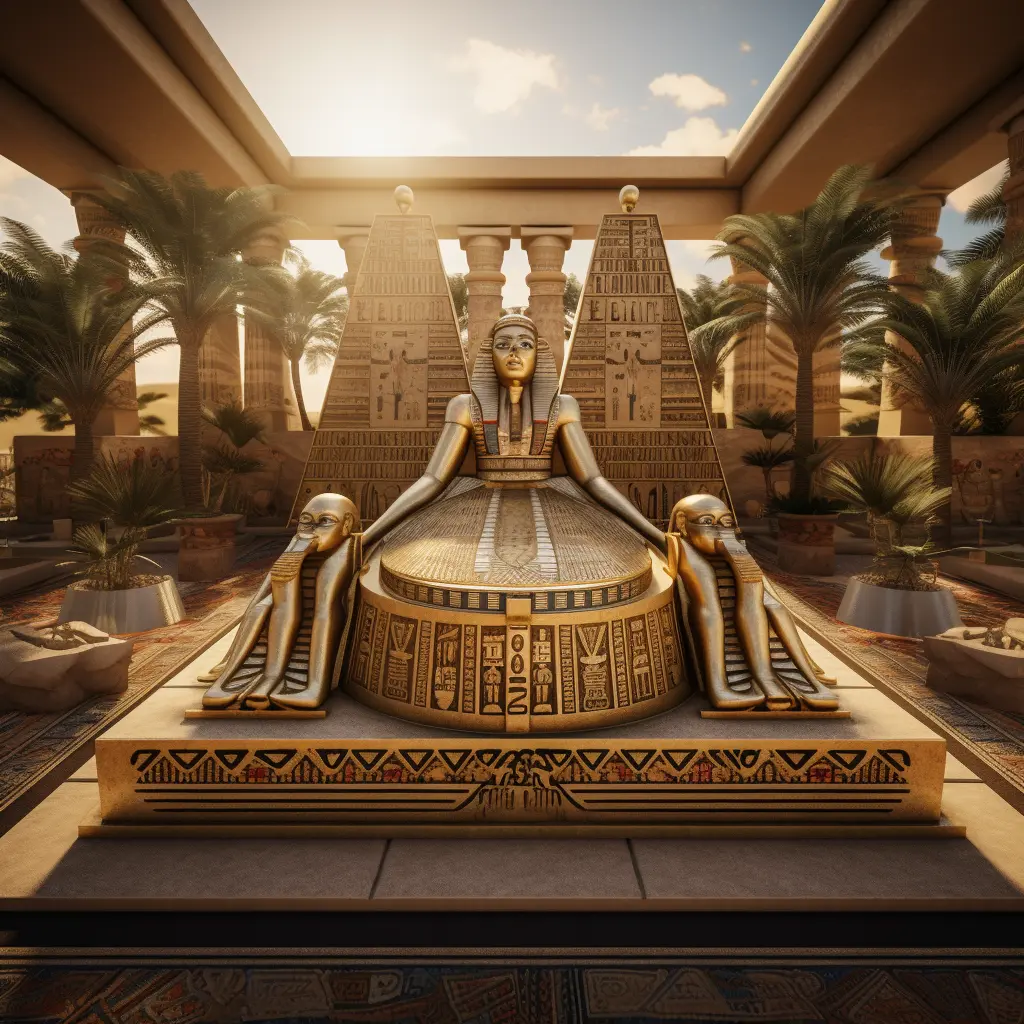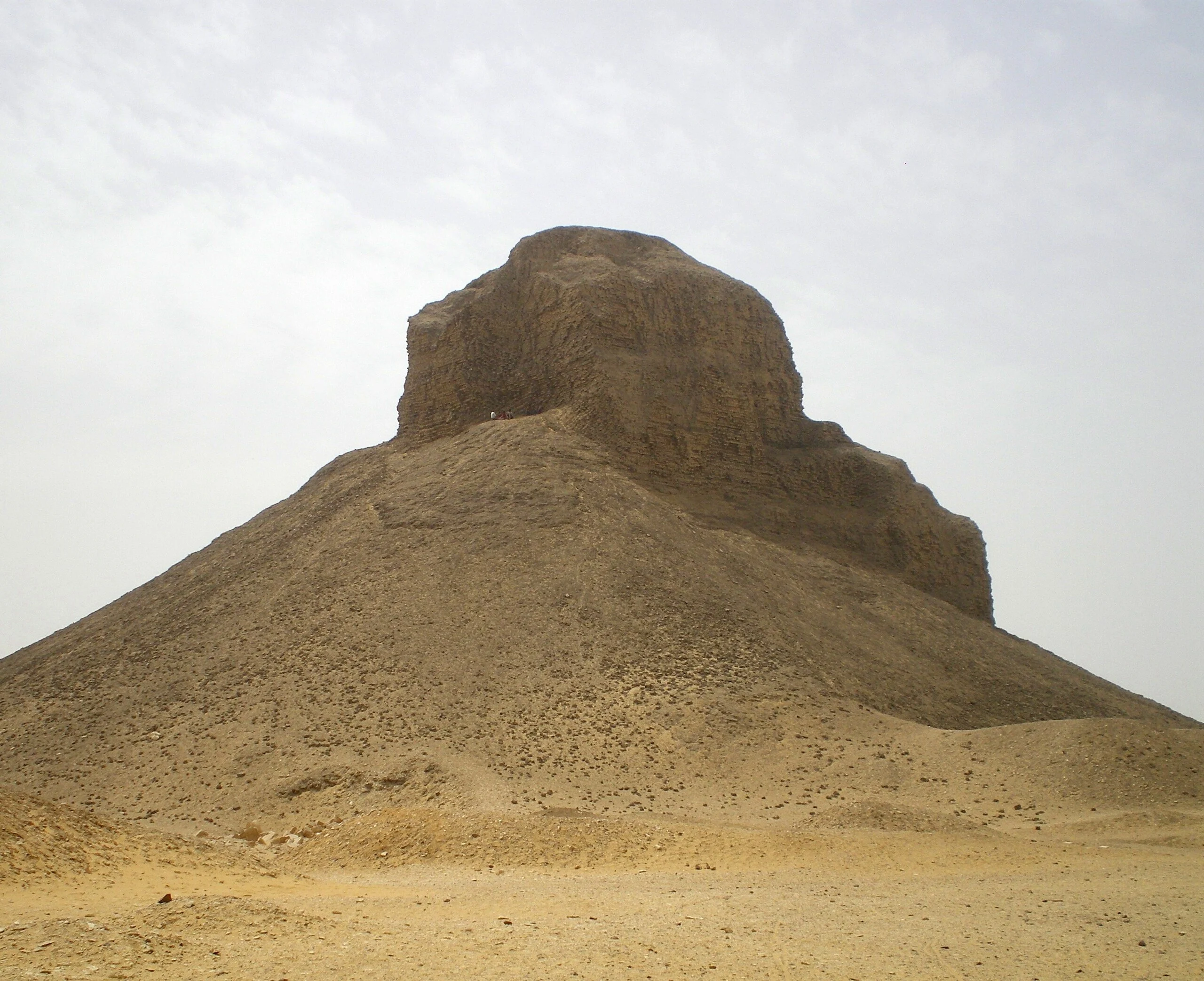
The study of ancient times often conjures images of dusty bones and buried treasures. While archeology and paleontology both delve into the past, they explore distinctly different terrains of human knowledge and understanding. This comprehensive guide aims to unravel the intricacies and differences between these two fascinating fields, providing a window into our past and the evolution of life on Earth.
Understanding Archeology: The Study of Human History
Archeology is a science dedicated to the study of human activity through the recovery and analysis of material culture. It provides a chronological record of human history, stretching back to about 10,000 years ago. Here’s what you need to know about archeology:
- Scope and Focus: Archeology primarily deals with the human past, focusing on artifacts, architecture, and cultural landscapes. It helps us understand how ancient civilizations lived, what they believed in, and how they interacted with their environment.
- Methods and Techniques: Archeologists use a variety of techniques, such as excavation, surveying, and carbon dating, to uncover the historical and cultural context of artifacts. They meticulously record and analyze these findings to piece together historical narratives.
- Branches of Archeology: The field is diverse, with specialties including classical archeology, underwater archeology, and environmental archeology, each focusing on different aspects of past human life.
Paleontology: Deciphering the Story of Life on Earth
In contrast to archeology, paleontology is the scientific study of life that existed prior to, and sometimes including, the start of the Holocene Epoch (roughly 11,700 years ago). It’s primarily concerned with fossils, the preserved remains or traces of animals, plants, and other organisms from the remote past. Key aspects of paleontology include:
- Study of Ancient Life: Paleontology covers a vast timeline, often stretching back millions of years. It includes the study of dinosaurs, ancient plants, and microscopic fossilized organisms.
- Techniques and Research: Paleontologists use methods like stratigraphy, radiometric dating, and comparative anatomy to understand the evolution and interaction of extinct species.
- Contributions to Science: This field offers critical insights into the Earth’s geological history, the evolution of life, and the effects of climate change over eons.
Where Archeology and Paleontology Intersect
Despite their differences, there are areas where archeology and paleontology overlap, particularly in the study of ancient human ancestors. This intersection is crucial for understanding the early stages of human evolution and includes:
- Study of Ancient Human Ancestors: Some archeologists specialize in the study of ancient hominids, tracing back human evolution to several million years ago.
- Fossil Evidence: Both fields utilize fossil remains to extract information. In archeology, human fossils provide insights into early human behavior and development.
Recent blogs:
The Historical Significance Of Pompeii In Islam
12 Most Incredible Archaeological Finds
The Tools of the Trade: How Archeologists and Paleontologists Work
Archeologists and paleontologists employ various tools and techniques specific to their field of study. These tools are essential for uncovering and preserving the delicate pieces of our past.
- Archeological Tools: Archeologists often use trowels, brushes, and sometimes even popsicle sticks for delicate excavation work. They focus on preserving the integrity of the site and the artifacts.
- Paleontological Tools: Paleontologists typically use tools like rock hammers, chisels, and brushes. Their work often involves carefully extracting fossils from rock formations.
The Impact of Modern Technology
Advancements in technology have revolutionized both archeology and paleontology, enabling deeper insights and more accurate findings.
- Technology in Archeology: Modern archeology benefits from technologies like Geographic Information Systems (GIS), LIDAR (Light Detection and Ranging), and remote sensing, which allow for detailed mapping and analysis of archeological sites.
- Technology in Paleontology: Paleontologists use technologies such as CT scans and 3D modeling to study fossils without damaging them, providing a non-invasive way to analyze and reconstruct ancient organisms.
Ethical Considerations and Community Involvement
Both fields are guided by ethical considerations, especially regarding the handling of human remains and sacred sites. Collaboration with local communities and indigenous populations is essential for respectful and meaningful research.
- Respecting Cultural Heritage: Archeologists often work closely with local communities to ensure that their work respects and preserves cultural heritage. This includes the careful handling of human remains and sacred artifacts.
- Conservation Efforts in Paleontology: Paleontologists are involved in conservation efforts, ensuring that fossil sites are protected and preserved for future research and education.
Archeology and Paleontology in Popular Culture
The portrayal of archeology and paleontology in movies, books, and media often sparks public interest, though these representations can sometimes be misleading.
- The Indiana Jones Effect: While popular films have made archeology seem adventurous and glamorous, the reality is often much more methodical and less sensational.
- Dinosaur Fascination: The public’s fascination with dinosaurs, fueled by media and entertainment, has played a significant role in popularizing paleontology.
The Future of Archeology and Paleontology
As technology continues to advance, the future of these fields looks promising. New discoveries and methods will likely continue to shed light on our past, deepening our understanding of human history and the history of life on Earth.
- Innovations and Discoveries: Ongoing research and new techniques in both fields promise to unravel more mysteries from our past.
- Interdisciplinary Approaches: The collaboration between different scientific disciplines will enhance our understanding of the ancient world, leading to more comprehensive and interdisciplinary research.
In conclusion, while archeology and paleontology are distinct fields with different focuses, methods, and goals, they both play a crucial role in piecing together the story of our planet and its inhabitants. Understanding their differences and intersections allows us to appreciate the depth and breadth of our journey through time, from the earliest forms of life to the complexities of human civilization.



